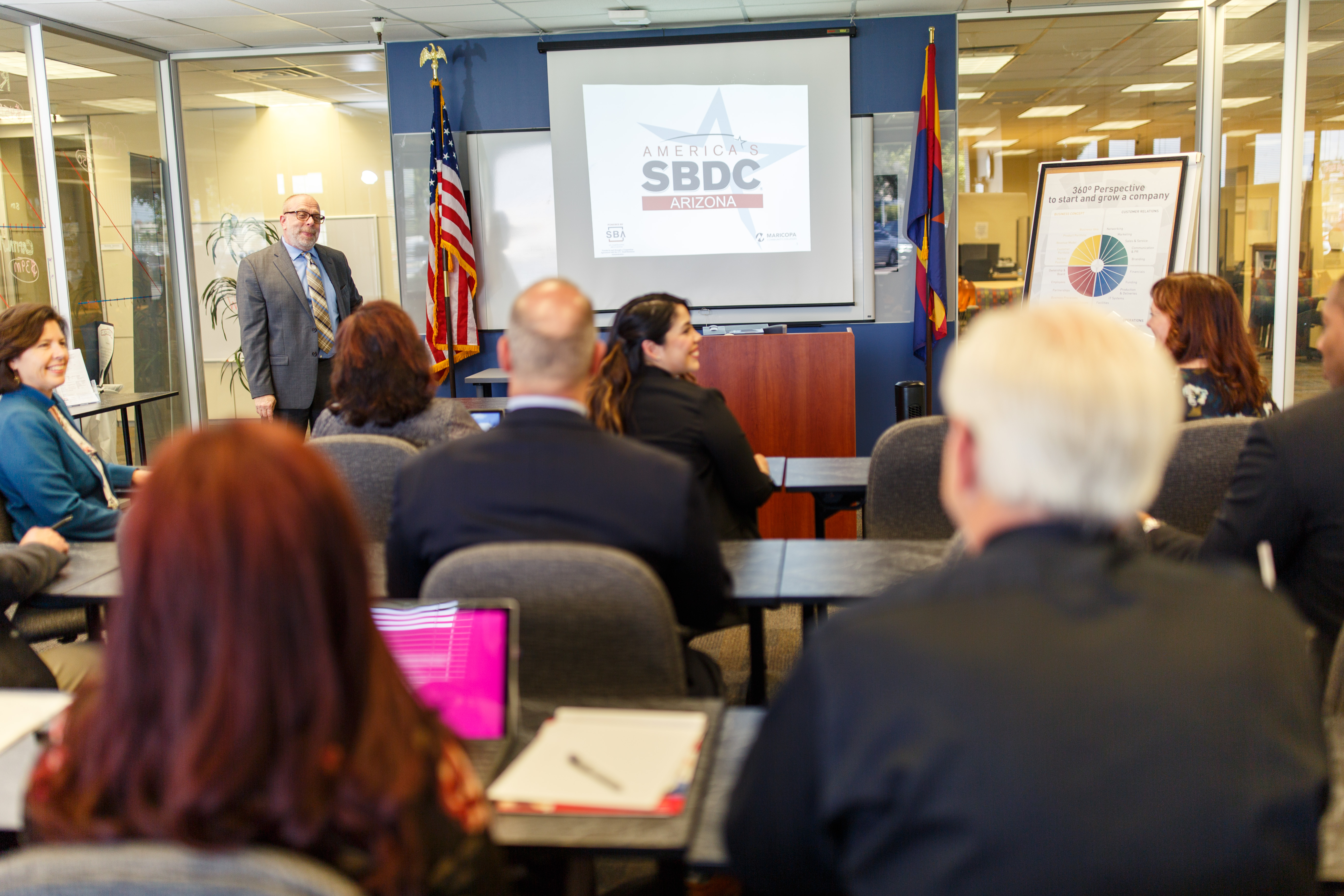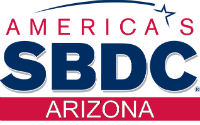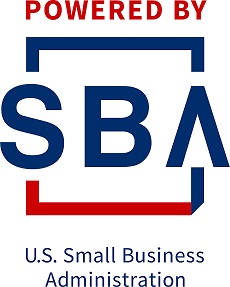By: Rieva Lesonsky
If you know how to follow today’s rules for getting attention, press releases can still be an effective marketing tool for small businesses.
Are press releases still an effective marketing tool for a small business? Yes, if you know how to follow today’s rules for getting attention. Here are the essential elements of a modern press release along with tips to help make yours stand out.
Today, press releases are often released online through news services or press release services. This means in addition to being seen by journalists or bloggers, they might also turn up in search results when your potential customers are online.
Here are the key elements of every press release:
Headline
Make your headline attention-grabbing, while immediately conveying what the release is about. Using keywords in your headline can help it show up in search results. Your headline should be 100 characters or less so that more of it will show up in search results. Shorter headlines are also easier to share on social media and can still have the entire headline show up.
Subhead
This is a short sub-headline that provides additional information expanding on the headline. This can be used to summarize the most main idea of the press release.
Dateline
The city and state where your business is located and the date of the release (“Los Angeles, CA, June 21, 2019”) Journalists seeking local news benefit from knowing where your business is located, and the date ensures they don’t use outdated releases.
First paragraph
In a few sentences, this paragraph should briefly explain the most important information in your release, including the five W’s (Who, What, When, Where and Why). Include your company name as well. Most people won’t read beyond the first paragraph, so think of this as your chance to keep them reading.
Body copy
Explain the information you’re sharing in more detail. Break it into short paragraphs. Your body copy should sound natural (not full of industry jargon) and include relevant keywords, without being artificially “stuffed” with too many keywords.
Quotes
Near the end of your body copy, include a quote or two from your company president or CEO (in other words, you!) that journalists can use to liven up their articles. Include your full name and title (“Steve Smith, CEO of ABC Corp., says…”).
Extras
Offering journalists photos, infographics, videos, and other visual elements they can use can help differentiate your release from the rest. If you’re sharing news about a product, person or event, you can include photos in your release. However, you should also make high-resolution photos available for journalists.
To avoid problems that can arise by sending photos, graphics, or videos as attachments, it’s best to put these elements on the version of the release that you post on your website. Create a News Room or Press Room section for your press releases and announcements. Then include links to the release on your website in the press release that you send to journalists. (Make the links trackable and you’ll even be able to see how much traffic your press releases drive to your site.)
Call to action
At the end of your release, include a call to action (CTA)—something you want the reader to do. This could be as simple as “For more information about ABC Co.’s upcoming Spring Fundraiser, visit ABCwebsite.com or call (xxx) xxx-xxxx.” Again, make it as easy as possible for the reader to know what you want them to do.
Boilerplate
Boilerplate is one brief paragraph about your business that you include at the end of every press release. Include your business name, what it does, when it was founded and any other information that you want recipients to know.
Media contact
List a spokesperson for your business who will be available to quickly respond to inquiries. Provide multiple ways to contact them (phone, email, social handles, etc.) since journalists may want to get in touch different ways.
Press releases should be one to two pages in length. Include links when necessary (such as to find out more information) but don’t go overboard; too many links can get your release marked as spam by press release distribution sites and search engines.
Need more help? PRLog suggests looking at its Most Viewed Press Releases to get ideas for how successful press releases are written. You can find press release templates online and use sites such as PR Distribution, PR Web and PR.com to distribute your releases.




